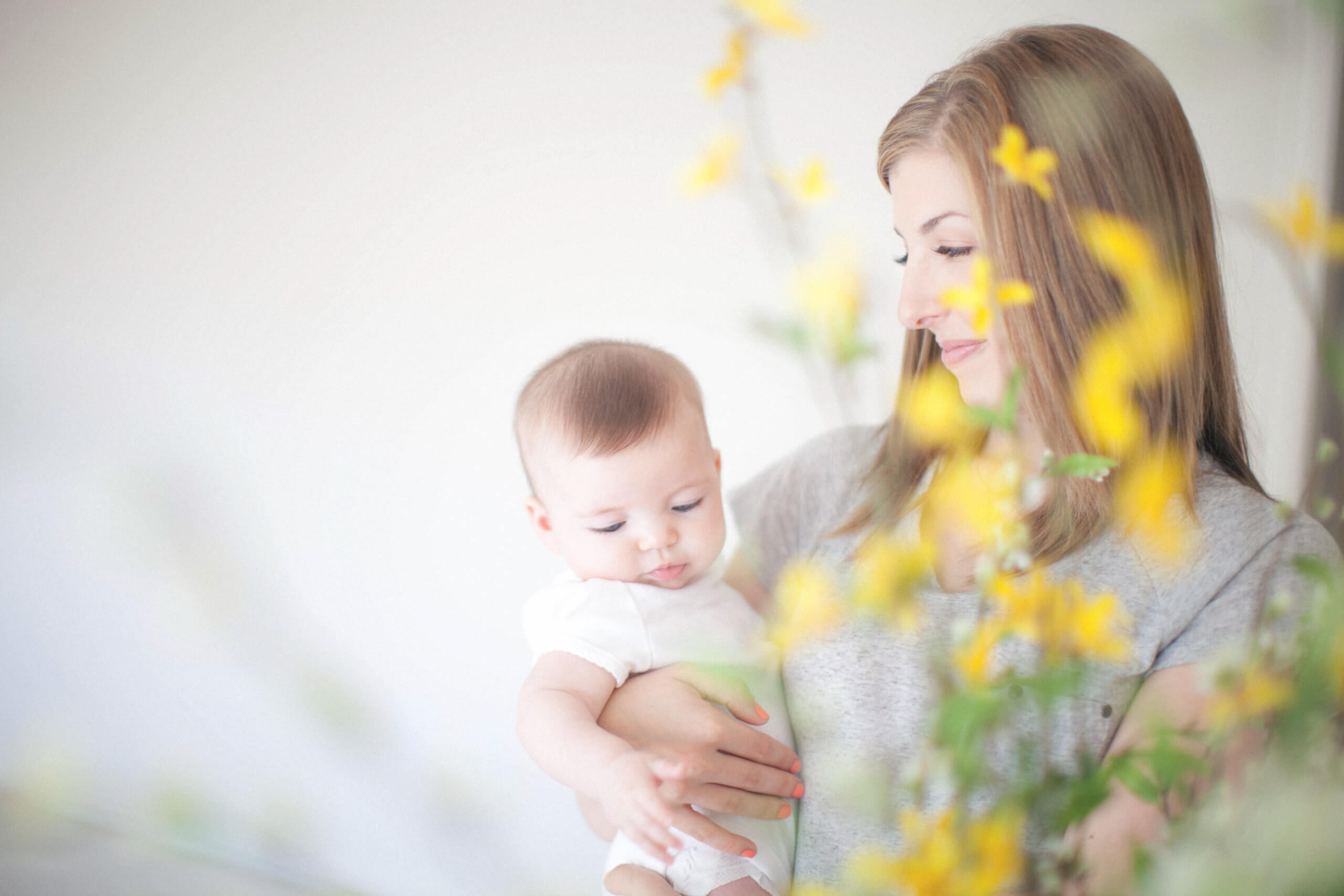Lilies grace each page, and a rainbow sunset paints the sky behind the silhouette of three crosses on a hill. Pictures of Jesus sweating drops of blood in Gethsemane are decidedly absent, as are Roman soldiers bedecking our Lord in a crown of thorns or lifting a limp body from the cross.
Made for little fingers, the chunky cardboard pages of an Easter board book flip effortlessly from an upper room supper to a placid hilltop tableau to an empty tomb complete with an angel, a risen Lord or a rejoicing Mary. If you didn’t know better, you’d think Jesus’ death wasn’t really that bad.
While it’s a beautiful gift to offer a child innocence in many areas of her life, there’s no healthy way to immunize her against death. Further, the more we try to sanitize or euphemize these difficult realities, the more poorly our children will be prepared to meet them when eventually grief and loss cross their paths.
Difficult conversations
Easter offers an easy opportunity for parents to start these difficult conversations about the weightier aspects of life.
In an honest, full retelling of Jesus’ death, burial and resurrection, we can introduce little hearts to hard truths about grief, and point our children toward the hope that shines brightly even in the darkness of sorrow.
Consider these three reasons the Easter story can help your child embrace the twin truths of death and gospel joy this season.
Children need to learn to encounter death
Whether we like it or not, our children are surprisingly death aware. From television shows to video games, children are exposed to death in popular culture every day.
While our culture is seemingly obsessed with death, it usually only likes the topic when it can be separated by a screen. Because of this, our death-averse culture won’t teach our kids about the realities of death and dying, nor will it offer them a context of hope.
As you talk with your child about the realities of Jesus’ death on our behalf, you can introduce your child to this hard subject in a way that reflects your faith.
Is your child afraid of death? Reassure him that Jesus was too (Matthew 26:39).
Does your child wonder what happens when a body dies? Talk about how Jesus’ body weakened, grew thirsty, and then eventually breathed its last on the cross.
Is your child wary of cemeteries or the idea of burial? Share the story of the women who came to treat Jesus’ body with spices before his interment in the garden tomb.
Let your child know that God loves our bodies from their first cry to the last goodbye.
Children need to understand grief
We want our kids to learn resilience and to adapt to hard circumstances. We want them to see troubles as obstacles that can be met and overcome. However, grief isn’t a task to surmount but a normal emotion of the human experience.
The Easter story offers poignant opportunities to introduce our children to grief in ways that will allow them to embrace this emotional capacity to God’s glory.
The story of Jesus’ death and resurrection shows us the wide range of normal grief expressions that can be a part of our own reckoning with loss. Jesus experiences anticipatory grief as he wrestles with his destiny in the garden.
His family weeps at the foot of the cross as they see him dying. And, his dear friends express their grief through rituals and sadness before they understand the fullness of what resurrection will bring.
As we talk to our children about the grief that runs through the Easter story, we normalize this emotion and show how God welcomes us to bring our broken hearts to him. Our children can learn practical rhythms for expressing loss, and they will see that Jesus’ humanity invites us to grieve the deaths of other loved ones, even when we hold the hope of eternity before us.
Children need to understand that joy and sorrow can coexist
While picture books want to paint a flatter image, the true Easter story is infused with both pain and joy. It’s a multi-dimensional portrait of what it means to live this side of glory.
Because we know the end of this story, we can boldly enter with our children into the sadness and the joy.
The Easter story shows us that joy and sorrow can coexist. We worship a risen Savior with wounded hands, and we can teach our children that when hard times come we can still access praise, joy, and peace.
Jesus’ death and resurrection have secured our future, but we still live in the sometimes painful “now.” As we carry our griefs in this life, we can also embrace the joy that Jesus brings, knowing that hope will eventually triumph over death.
G.K. Chesterton once wrote, “The baby has known the dragon intimately ever since he had an imagination. What the fairy tale provides for him is a St. George to kill the dragon.”
The same is true for our children as well. While we might try to shelter them, they know that death exists. We need not sanitize the Easter story for little ears. Instead, we can introduce our children in age-appropriate ways to our own dragon-slayer, the risen and glorified Jesus who will one day conquer sin and death forever.
Consider a few extra resources:



